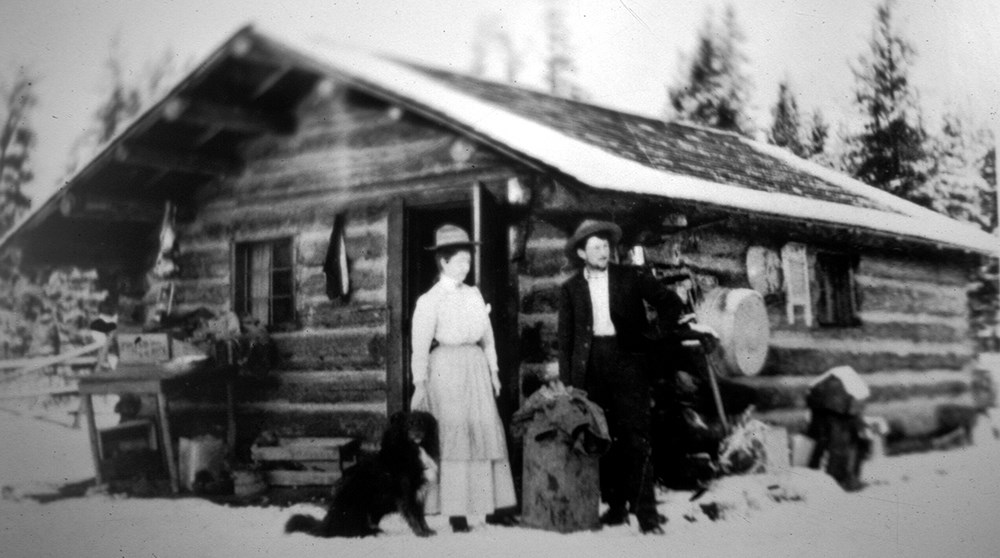
NPS In the early 1800s, French, English, and Spanish trappers came in search of beaver. In 1806, the Lewis and Clark Expedition came within 50 miles (80.5 km) of the area that is now the park. By the middle of the 1800s, the mountainous region of Glacier National Park had been "discovered" and explored by early white explorers. The Blackfeet Indians continued to dominate the region until the 1870s. However, white settlers would soon start to take a foothold in the area as greater interest in exploration and exploitation of resources increased. With railroad tracks over Marias Pass completed in 1891, the relative ease of venturing further west increased the number of homesteads in the area. People came to the area to run trap lines, establish home sites, prospect for coal, metals, and oil, or just enjoy the scenery. Apgar Early tourists arrived at Belton Station via Great Northern Railway. In the late 1800s, the west entrance to what is now Glacier was shrouded and tree-lined with towering, ancient western red cedars. There was no bridge across the Middle Fork until 1897. Guests were rowed across the river. It was not until about 1895 that a rugged dirt road connected the river to the foot of Lake McDonald. From there, guests would board George Snyder's steamboat for the trip up the lake to the Snyder Hotel. It took most of the day to reach the hotel, if all the equipment ran smoothly. After a night at the hotel, visitors could ride horseback into the mountains. East Side North Fork |
Last updated: April 13, 2023
